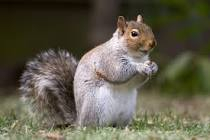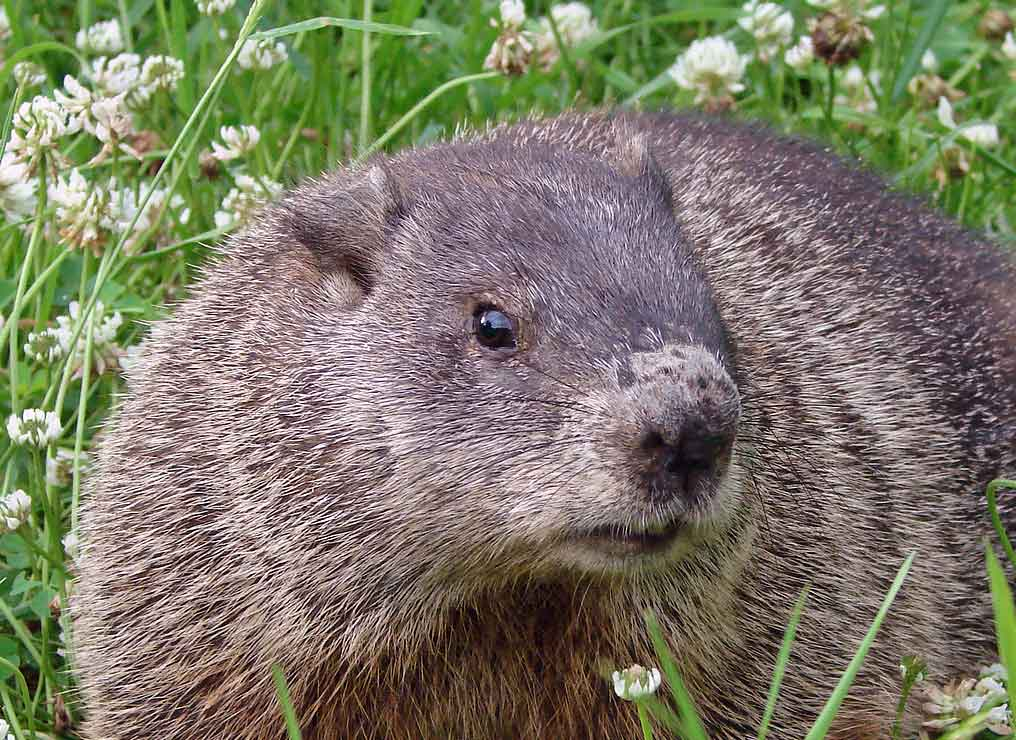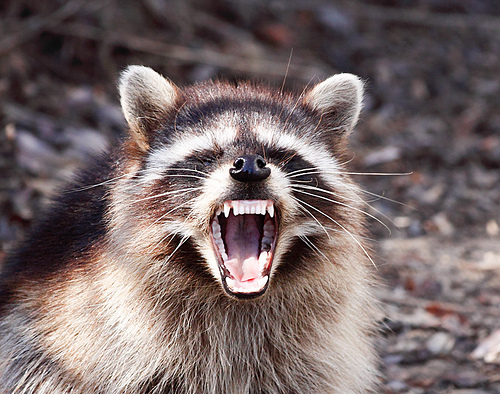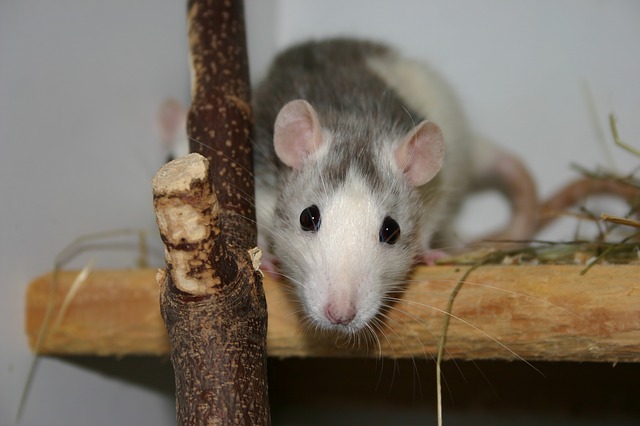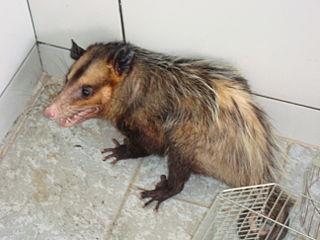Humane Removal
New York State Environmental Conservation Law requires the humane treatment of wildlife. Our wildlife animal trappers strictly comply with this requirement. We solve nuisance wildlife control problems using a decision making strategy that balances concerns for safety; the humane treatment of wildlife; practicality; landowner rights; the protection of wildlife populations and habitats; and ethical, legal, financial, and aesthetic issues.
Our wildlife control program is implemented in such a way as to avoid adversely affecting any non-target wildlife. Since our wildlife control professionals know about the habits and habitat of the target animal, they will exercise care to avoid using techniques that will affect non-targets such as pets and other animals.
Recommended
We are a full service wildlife removal and pest control service. We are fully licensed and insured in the State of New York and strictly follow all laws and regulations related to pest control and nuisance wildlife management. We employ a licensed pesticide applicator and a licensed nuisance wildlife control operator. We are professionals, exemplifying the traits of honesty, sincerity, and dedication. Our service treats people, property, and wildlife with respect. At Long Island Animal Control Wildlife Removal Services, we strive to broaden our knowledge, skills and abilities to advance the practice of pest and nuisance wildlife control. We offer our expertise to all Long Island residents upon request, within the limits of our experience, ability, and legal authority. We are Long Island’s animal control and pest control provider!
Fast Response
We offer same day and 24 hour emergency wildlife removal service. Our Long Island wildlife removal and pest control service is fast and effective and offers the highest level of safety for your family and pets. We work hard to service every client's pest control needs effectively to protect one of their most important investments, their Long Island homes.
